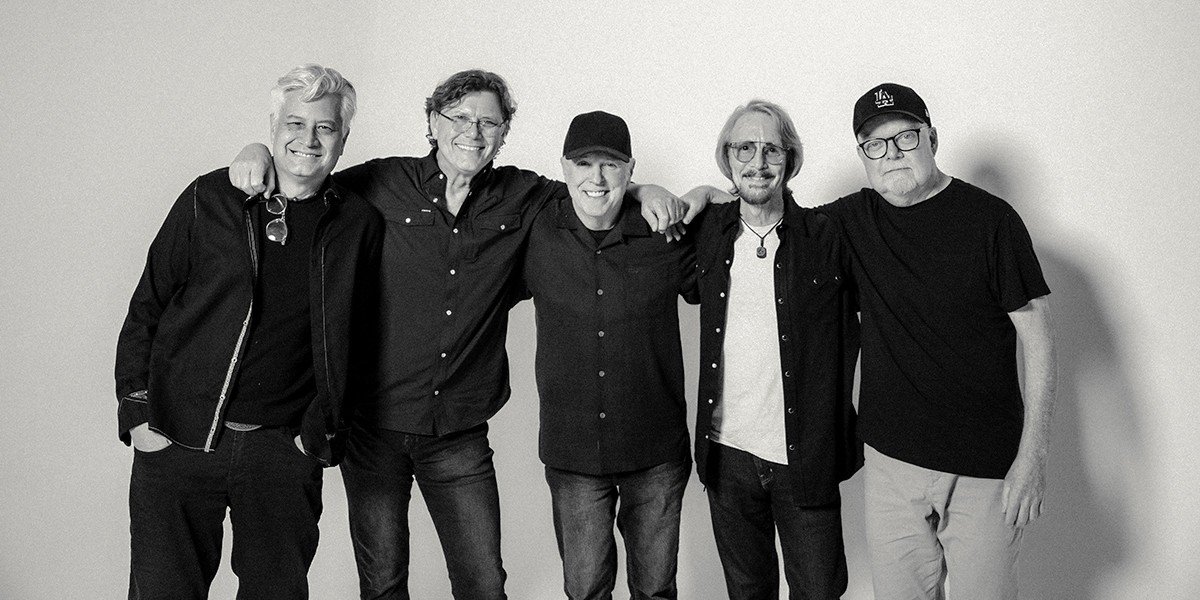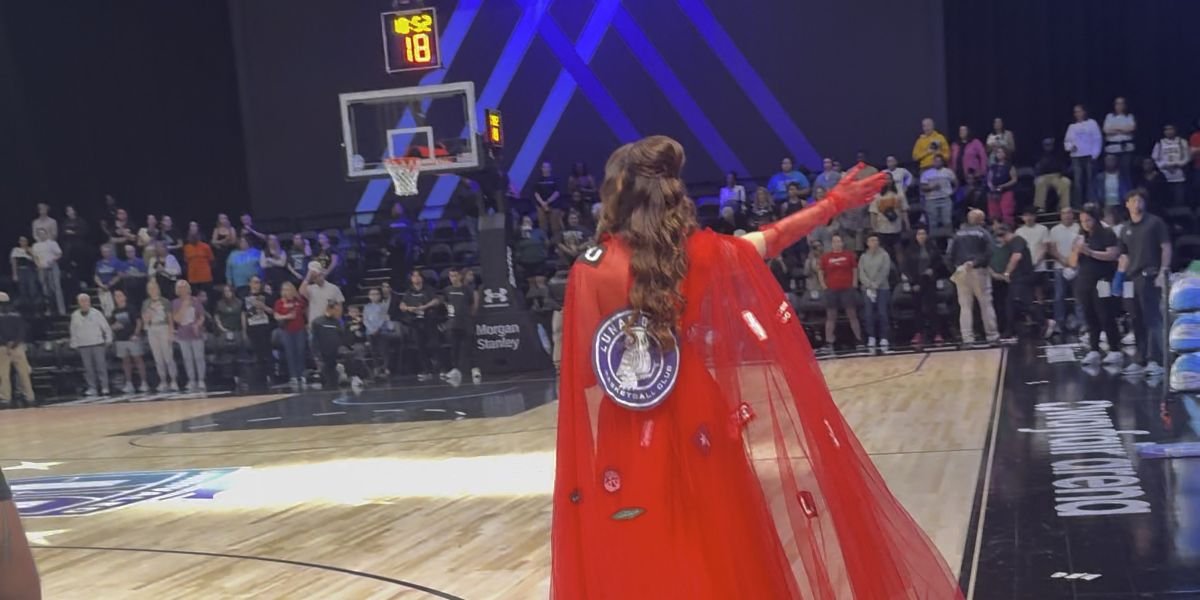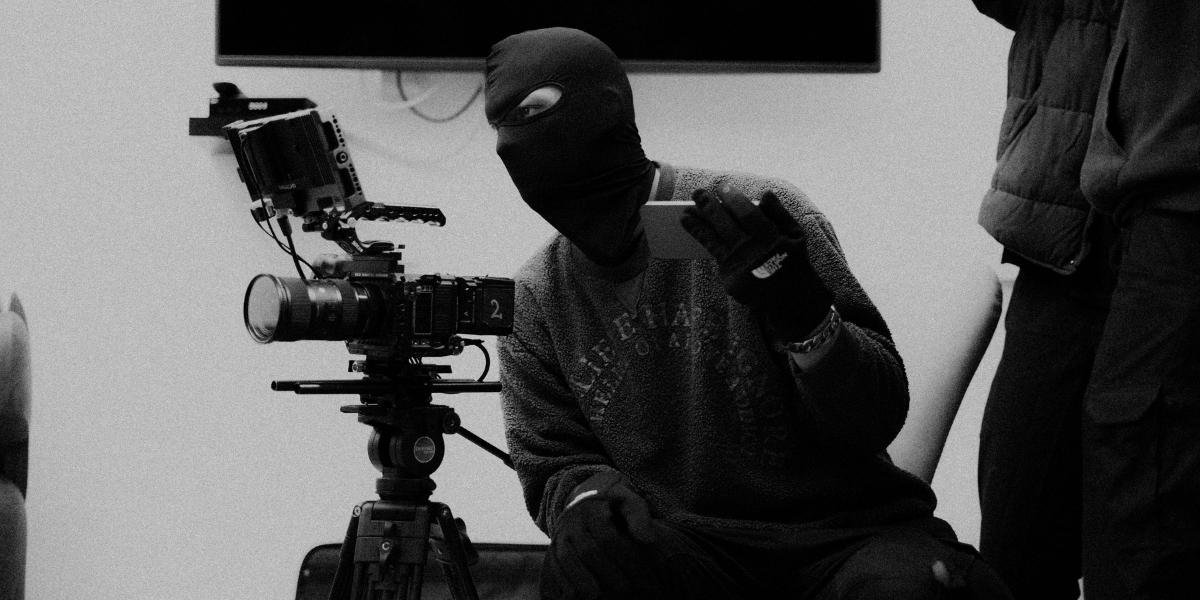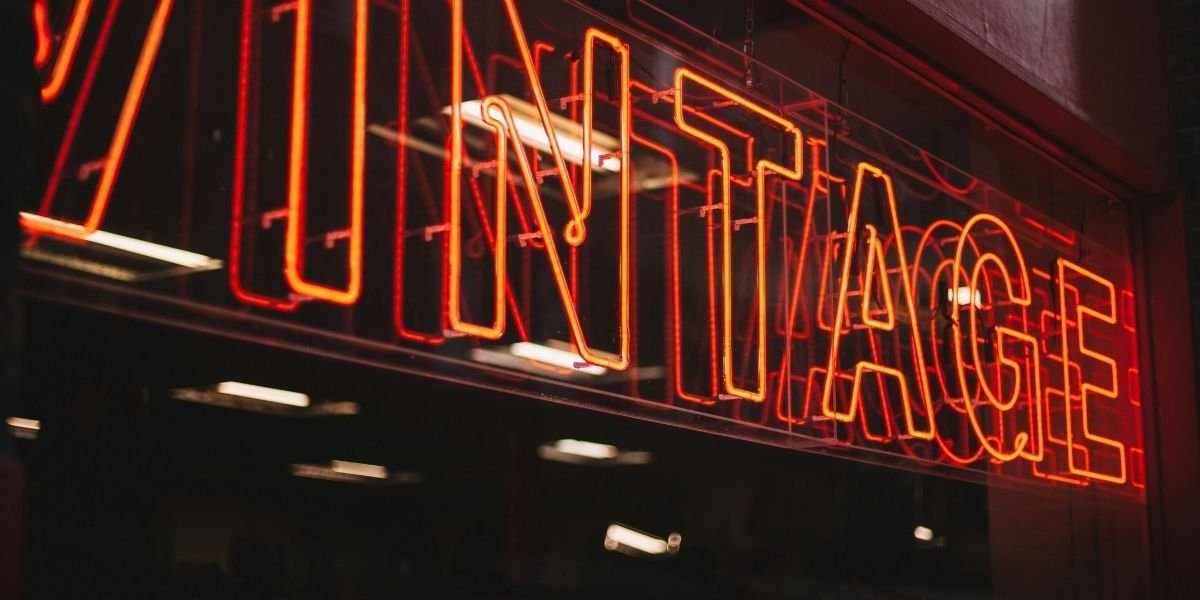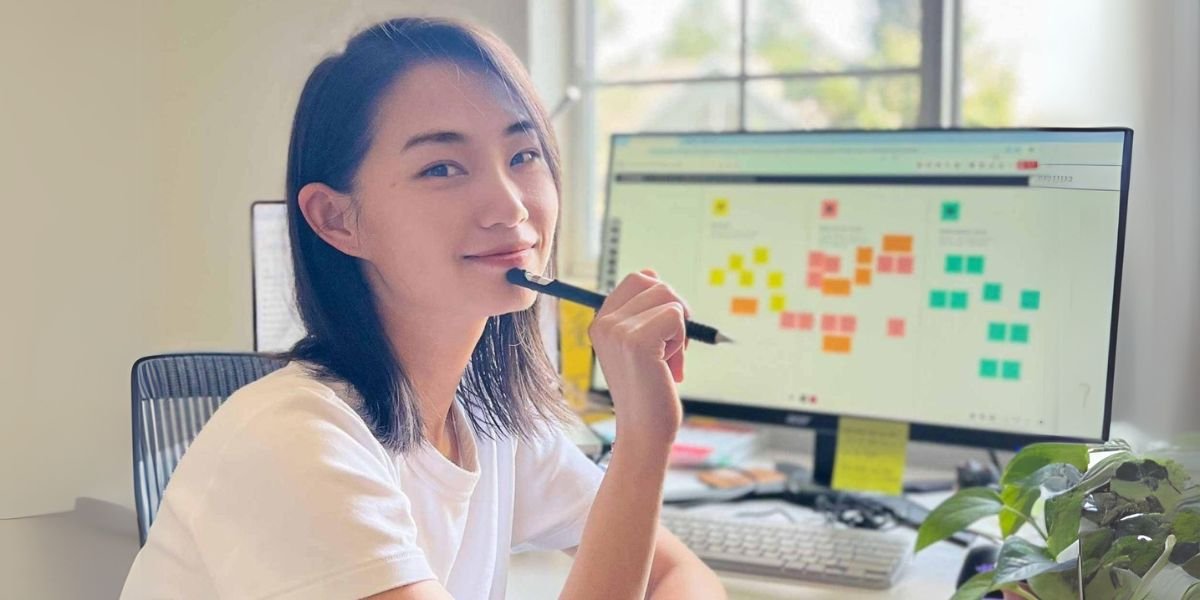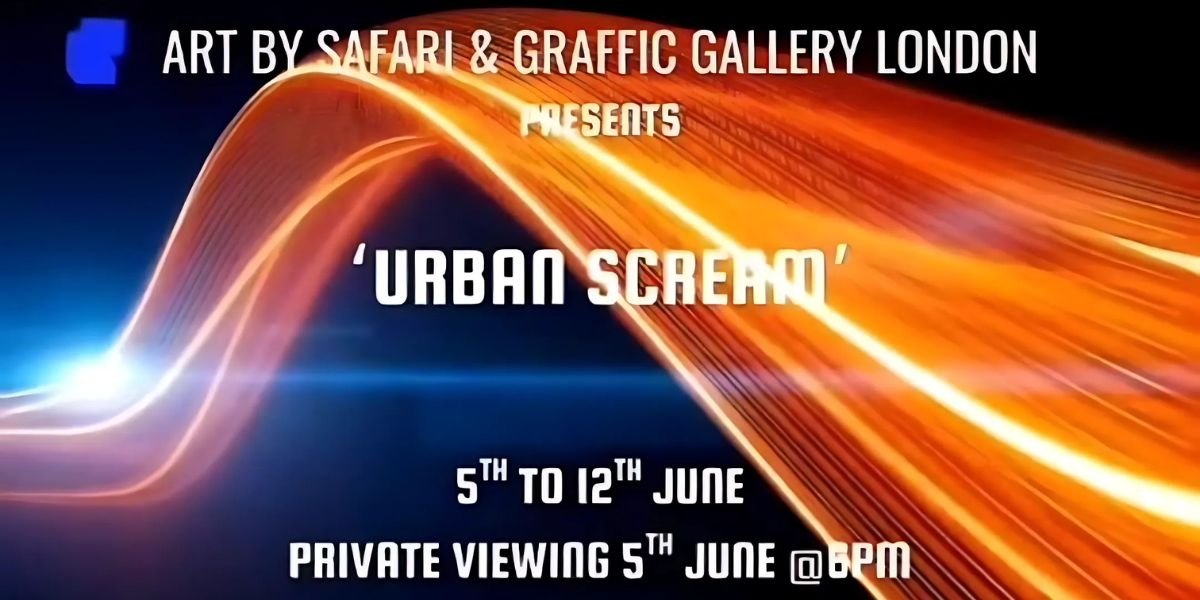The Rise of AI Art: Latest Developments & Opinions
Artificial Intelligence (AI) has made a significant impact in various industries, from healthcare and finance to entertainment and design. One of the most exciting and controversial applications of AI has emerged in the realm of art. AI-generated art, once a speculative concept, has become an influential part of the creative landscape, challenging traditional notions of authorship, creativity, and the role of machines in artistic expression. As technology advances, the rise of AI art raises important questions about its future, the intersection of human creativity and machine intelligence, and the evolving role of art in society. In this article, we’ll explore the latest developments in AI art and the diverse opinions surrounding its growing presence.
Read Also: The Power of Digital Manipulation in Contemporary Photography
What Is AI Art?
AI art refers to artwork created with the assistance of artificial intelligence algorithms, particularly machine learning and neural networks. These algorithms are designed to learn patterns and styles from vast datasets of existing artworks, allowing them to generate new pieces that mimic or transform those styles in innovative ways.
The most well-known AI art applications rely on generative adversarial networks (GANs), which use two neural networks: one generates images, while the other evaluates them, providing feedback that improves the generated content over time. The process of training an AI model on a dataset of paintings, sketches, or photographs enables the system to produce images that resemble the input data while also creating entirely new concepts.
AI art can be used to generate everything from abstract paintings to photorealistic portraits, often in a matter of seconds. These creations challenge traditional concepts of artistic creation by introducing a machine-driven element that brings new techniques, aesthetics, and perspectives to the art world.
Latest Developments in AI Art
The development of AI art has accelerated in recent years, driven by improvements in machine learning algorithms, increased computing power, and access to vast datasets. Some key developments include:
1. AI as a Collaborator
One of the most exciting aspects of AI art is its ability to act as a collaborative partner for human artists. Rather than simply replacing traditional art-making processes, AI has opened up new creative possibilities for artists to explore. Artists like Refik Anadol and Mario Klingemann use AI to blend their artistic vision with the power of machine learning, resulting in art that merges human creativity with algorithmic input. This partnership enables artists to produce works that would be impossible to create by hand alone, pushing the boundaries of what is considered art.
2. AI-Generated Artwork in the Art Market
AI art has begun to make waves in the art market. In 2018, the portrait “Edmond de Belamy”, created by the Paris-based collective Obvious, sold at Christie’s auction house for over $432,000, sparking a global conversation about the value of AI-created works. Since then, other AI-generated works have followed suit, gaining recognition at high-profile art exhibitions and attracting the interest of collectors and art enthusiasts alike. The sale of these artworks has led to debates about the value and authenticity of AI art in the market, as well as its impact on traditional artists and galleries.
3. AI in Animation and Digital Art
AI has made significant strides in animation and digital art. DeepDream, an image manipulation algorithm developed by Google, has been widely used to generate surreal, dream-like images that have influenced a range of digital artwork and animation. Artists have also begun using AI to generate motion graphics and 3D visualizations, further expanding the role of AI in digital media and entertainment.
4. Artistic AI Tools for Everyone
AI tools for creating art are now more accessible than ever before. Platforms like DeepArt, RunwayML, and Artbreeder allow anyone to create stunning art using machine learning algorithms, regardless of artistic skill. These tools are empowering a new generation of digital artists, hobbyists, and creators to explore AI’s potential in artistic expression. The democratization of AI-powered art tools has broadened the scope of who can create and interact with AI-generated art, leading to a surge of new voices and styles in the art world.
Opinions on AI Art: Creativity, Authenticity, and Ownership
The rise of AI-generated art has sparked a wide range of opinions and debates in the art world, particularly surrounding its implications for creativity, authenticity, and ownership. Below are some of the key arguments for and against AI art:
Supporters of AI Art:
AI as a New Creative Medium: Many artists and technologists view AI as a new artistic medium—a tool that expands creative possibilities. Just as photography and digital art transformed the art world in the past, AI is seen as the next step in the evolution of artistic creation. AI allows artists to explore uncharted creative territories, offering new methods of expression and engagement that would be difficult to achieve using traditional mediums.
Collaboration Between Human and Machine: Some see AI as a collaborative partner, enhancing rather than replacing human creativity. AI can act as a sounding board for artists, offering suggestions and creating variations on a theme, which the artist can then refine and direct. This partnership enables the exploration of new concepts that combine the artist’s vision with the AI’s ability to process vast amounts of data and generate novel results.
Expanding the Definition of Art: AI art challenges traditional notions of what constitutes “art.” The argument here is that art is not only about the process of creation but also about the ideas and emotions it evokes. As AI-generated art continues to evolve, some believe it can be just as expressive, thought-provoking, and valuable as art created by humans.
Critics of AI Art:
Lack of True Creativity: One of the primary criticisms of AI art is that it lacks genuine creativity. Critics argue that AI is simply a tool that produces results based on patterns learned from existing data, rather than originating new ideas or expressing emotions. They contend that true creativity requires a human element—intuition, emotion, and lived experience—that AI cannot replicate.
Authorship and Ownership Issues: The question of who owns AI-generated art is another point of contention. If an artwork is created by an AI, who should be credited with its creation—the artist who trained the AI, the developer who created the algorithm, or the AI itself? This issue has legal and ethical implications, particularly as AI art becomes more commercially viable. The concept of authorship and intellectual property in the context of AI is an ongoing debate that has yet to be fully resolved.
Displacement of Human Artists: Some argue that the rise of AI-generated art could lead to the devaluation of human creativity in the art market. If AI can generate artwork at scale, it may reduce demand for traditional artists, especially in the commercial space. Critics worry that AI-driven tools could lead to a homogenization of art, with algorithms producing “safe” designs that cater to market trends rather than fostering innovation.
The Future of AI Art: What’s Next?
The future of AI art is still unfolding, but it’s clear that it will continue to play an integral role in the creative industries. As AI technology advances, it will likely enable even more sophisticated art creation processes. New tools may allow for greater interactivity, personalization, and immersive experiences that blend AI-generated art with virtual and augmented realities.
Moreover, the debate surrounding AI and art will likely continue to evolve. As AI becomes an increasingly integral part of the art world, it will raise important questions about the role of technology in creativity, the definition of authorship, and the value of artistic expression in an increasingly digital age.
Read Also: Michelangelo’s Mastery: The Secrets Behind His Sculptures and Paintings
Embracing the Future of AI Art
AI art is revolutionizing the creative world, offering new tools for artists to express themselves and pushing the boundaries of what art can be. Whether viewed as a collaboration between human and machine or as a threat to traditional forms of creativity, AI-generated art is undeniably reshaping the way we think about the creative process. As the technology continues to evolve, so too will our understanding of what art means and who has the right to create it. The rise of AI art is just the beginning of a new era in the intersection of technology and creativity.



